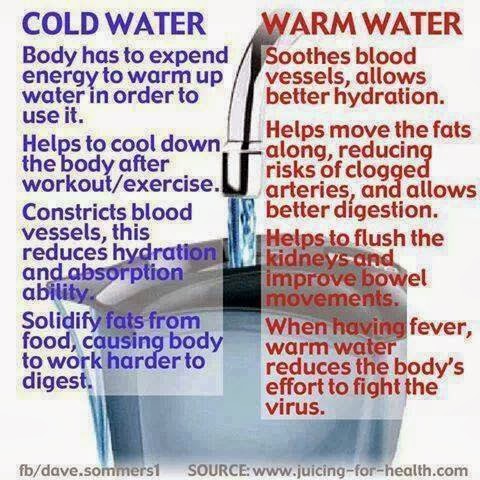When we sleep, our brain regulates the gastrointestinal, cardiovascular and immune systems and energizes the body. It also works to detoxify the liver, kidneys and other detoxification systems.
It also processes information and knowledge. This allows us to operate efficiently physically, mentally and emotionally throughout the day. So for the sake of your health it’s best not to miss out.
While we sleep, our body rejuvenates and heals and grows. The exercises we do during the day will only be "processed" when we sleep and fats will be burned. What we see, read and learned during the day will be organized and stored in the right places when the brain is at rest.
This is why it is so important to sleep sufficiently. It may be 6 or 7 or 8 hours for some, maybe even more for others. But be sure to get your sufficient sleep every night. Eliminate processed foods from your diet and regularly drink fresh juices which will gradually regulate your internal chemical balance for better sleep patterns.
If you are encountering a period of insomnia, try this juice to help calm the nerves and promote better sleep.
RECIPE:
- 2 green apples
- 2 ribs of celery
- A bunch of Romaine lettuce
- A bunch of cilantro
- 1/4 slice of lemon
- 1/2 inch ginger root piece (optional)
It also processes information and knowledge. This allows us to operate efficiently physically, mentally and emotionally throughout the day. So for the sake of your health it’s best not to miss out.
While we sleep, our body rejuvenates and heals and grows. The exercises we do during the day will only be "processed" when we sleep and fats will be burned. What we see, read and learned during the day will be organized and stored in the right places when the brain is at rest.
This is why it is so important to sleep sufficiently. It may be 6 or 7 or 8 hours for some, maybe even more for others. But be sure to get your sufficient sleep every night. Eliminate processed foods from your diet and regularly drink fresh juices which will gradually regulate your internal chemical balance for better sleep patterns.
If you are encountering a period of insomnia, try this juice to help calm the nerves and promote better sleep.
RECIPE:
- 2 green apples
- 2 ribs of celery
- A bunch of Romaine lettuce
- A bunch of cilantro
- 1/4 slice of lemon
- 1/2 inch ginger root piece (optional)













